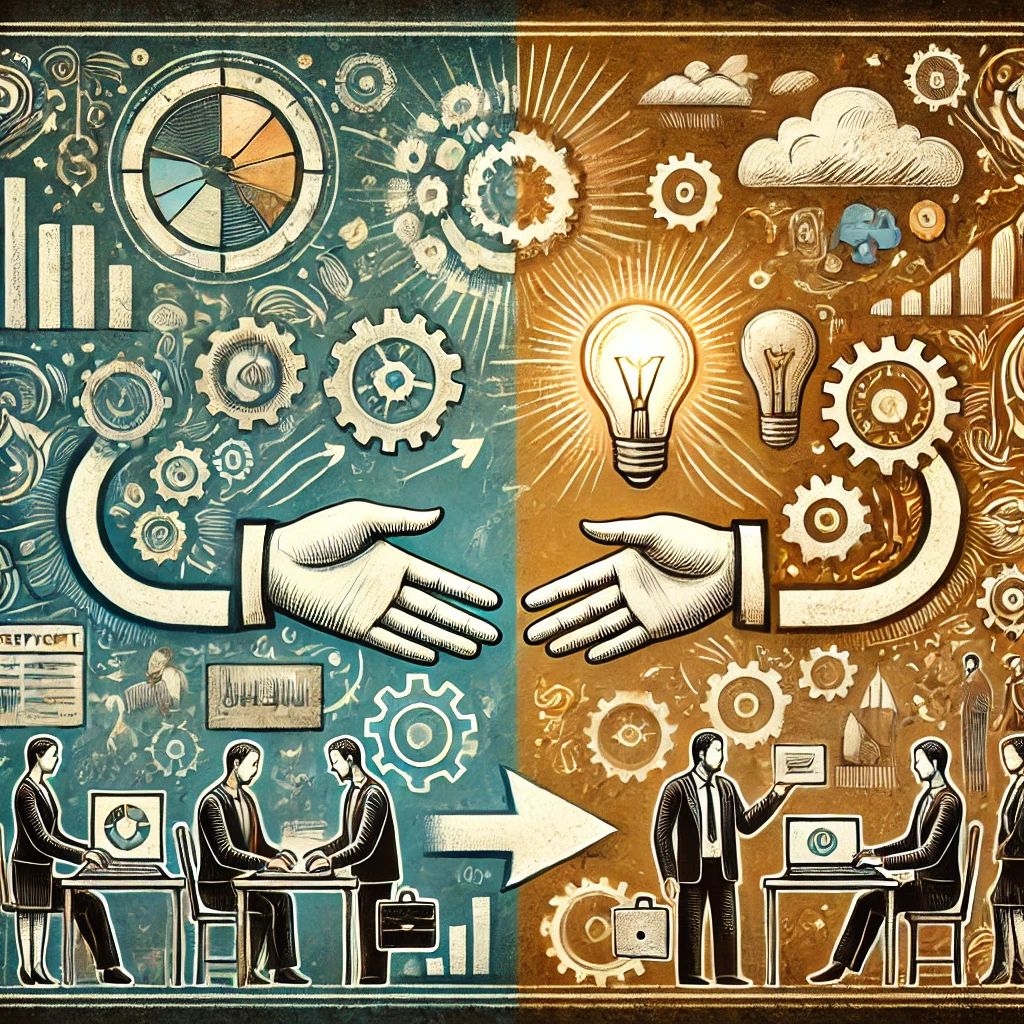
The workplace is a network of relationships. Every day, employees interact with their colleagues, managers, and the broader organization. By understanding these dynamics, employers can build trust and loyalty, creating a positive work environment. One way to understand these interactions is through social exchange theory, which sheds light on what drives employee behavior and motivation.
At its core, social exchange theory suggests that people weigh the benefits and costs of their relationships, acting in ways that maximize benefits and minimize drawbacks. This approach applies to work, where employees balance what they give and receive. For example, a worker might weigh the benefits of salary, job security, and a supportive team against the effort, time, and emotional investment required.
The theory emphasizes reciprocity – the idea of give-and-take. Benefits in the workplace can be tangible, like pay or promotions, or intangible, like recognition and support. If employees feel the benefits outweigh the costs, they’re more likely to stay engaged and loyal. But if the perceived costs, like stress, lack of recognition, or unfair treatment, outweigh the benefits, disengagement or turnover can result.
Strong relationships and teamwork rely on this sense of balance. When employees feel valued and supported by their team and organization, they’re more willing to contribute fully. On the other hand, unequal workloads, lack of trust, or a lack of acknowledgment can harm team morale and performance. Good leaders understand social exchange. They provide clear expectations, support professional growth, and recognize hard work. This approach builds mutual trust and encourages employees to go above and beyond.
An organization’s culture shapes these exchange relationships. Open communication and transparency can build trust, while micromanagement or unfair treatment can break it down. By applying social exchange theory, companies can find ways to create win-win situations, benefiting both employees and the organization.